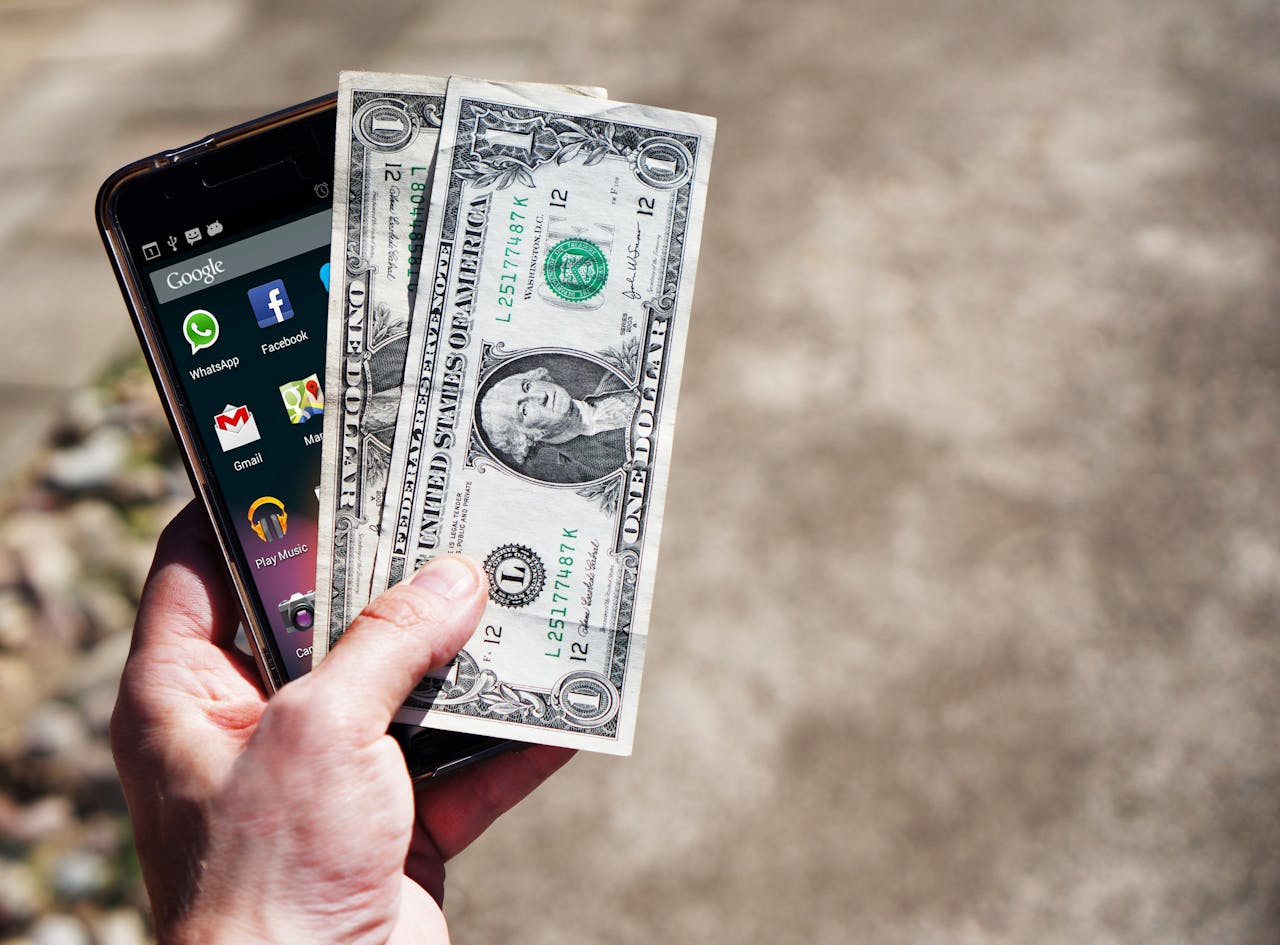Suppose you are a Nigerian importer of pharmaceutical products and you have trade obligations to settle with your customer, who is an exporter of pharmaceutical products in the United States. In that case, you (the importer) will have to use your Nigerian currency (Naira) to purchase the U.S. dollar, and you will receive USD on the spot, which you can then use for the intended purpose. This is a spot purchase!
But what exactly is a spot purchase, and how does it work? Let’s break it down so that even a mango buyer and seller on the road can understand.
What is a Spot Purchase?
When you buy something, whether it’s a product, a currency, or a financial asset, and pay for it immediately, receiving the item right away or within a very short time, that is a SPOT PURCHASE. The term “spot” refers to the fact that the transaction happens right “on the spot,” no delays, no promises to deliver later.
It is a financial terms that is commonly used and associated with foreign exchange (forex), commodities such as oil or gold, and even stocks.
Think of it as the opposite of ordering something online that arrives days later or signing a contract to buy something in the future. With a spot purchase, you see it, you buy it, you get it on the spot.
Example
You approach a mango vendor, and they’re selling a dozen mangoes for $10. You hand over $10 in cash, and the vendor gives you the mangoes immediately. This is a spot purchase because:
- You agree on the price right away: The vendor sets the price at $10, and you accept it.
- You pay immediately: You give the vendor cash on the spot.
- You receive the goods instantly: The vendor hands you the mangoes, and you walk away.
Suppose you’re traveling to the United States and need U.S. Dollar. You go to a currency exchange booth (Bureau Exchange Change operator) at the Murtala International Airport, Lagos. The BDC offers 1 US dollar for N1,600 and you need $2,500. You hand over or transfer N4,000,000 and they give you $2,500 on the spot, no “go and come back”. That’s a spot purchase in the forex market. You agreed on the exchange rate, paid instantly, and received your USD immediately.
How Does a Spot Purchase Work in Finance?
In financial markets, spot purchases follow a similar process but involve more formal systems. Here’s how it typically works:
- Agree on the Price: Buyers and sellers settle on a price for the asset, like a currency, commodity, or stock. This price is called the spot price, which reflects the current market value. For example, if gold’s spot price is $2,500 per ounce, that’s what you’ll pay.
- Execute the Transaction: The buyer pays the seller, usually through a broker or trading platform. Payment is immediate or settled within a day or two, depending on the market. In the forex market, for instance, settlement often happens within two business days (known as “T+2” for “trade date plus two days”).
- Receive the Asset: The seller delivers the asset to the buyer. If you’re buying stocks, they appear in your brokerage account. If it’s a commodity like oil, the physical or contractual delivery happens quickly.
This process is fast and straightforward, making spot purchases a popular way to trade in financial markets. According to a study by the Bank for International Settlements (BIS, 2022), spot transactions account for nearly 30% of global foreign exchange market activity, showing how common they are in currency trading alone.
Why Spot Purchases Matter
Spot purchases are important because they keep markets moving efficiently. They allow people and businesses to buy what they need right away without waiting. For example:
- Travelers use spot purchases to exchange money for trips.
- Businesses buy raw materials like oil or metals on the spot to keep production running.
- Investors purchase stocks or currencies to take advantage of current market prices.
- Plus, spot prices act as a benchmark for other types of transactions, like futures contracts, where buyers agree to purchase assets at a later date. Understanding spot purchases helps you see how markets set prices and move money around the world.
Spot Purchase vs. Other Transactions
To make things even clearer, let’s compare a spot purchase to another type of transaction. Imagine you’re back at the farmer’s market, but instead of buying mangoes on the spot, you tell the vendor, “I’ll pay you $10 next month for a dozen mangoes, and you deliver them then.” That’s more like a futures contract, where the deal is set now but happens later. A spot purchase, on the other hand, is all about the here and now—no waiting, no future promises.
Conclusion
In spot purchase, you agree on a price, pay immediately, and get your asset, whether it’s euros, gold, or stocks. This quick and simple process powers much of the financial world, helping people and businesses get what they need without delay.
Next time you exchange money for a trip or buy something instantly, you’re participating in the world of spot purchases. It’s a small but mighty concept that keeps markets active and moving.


